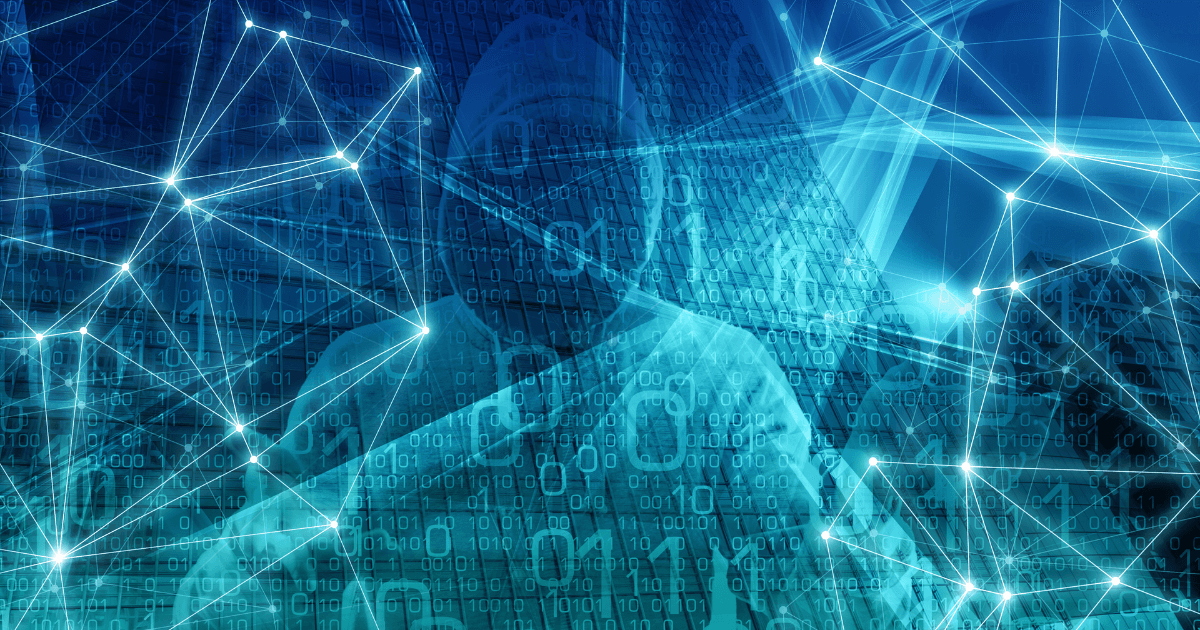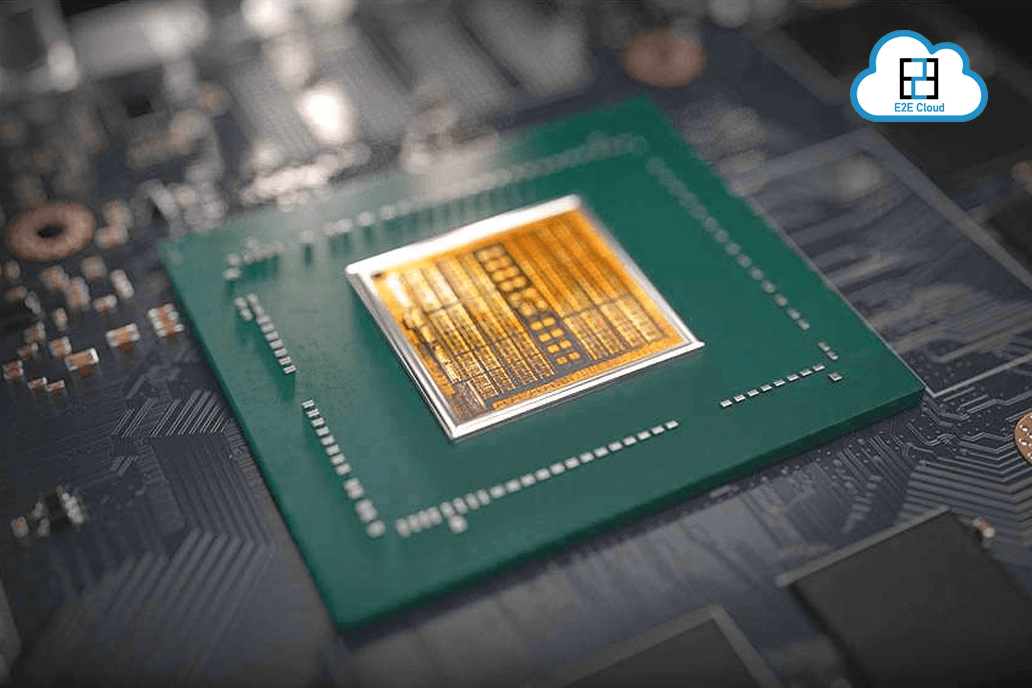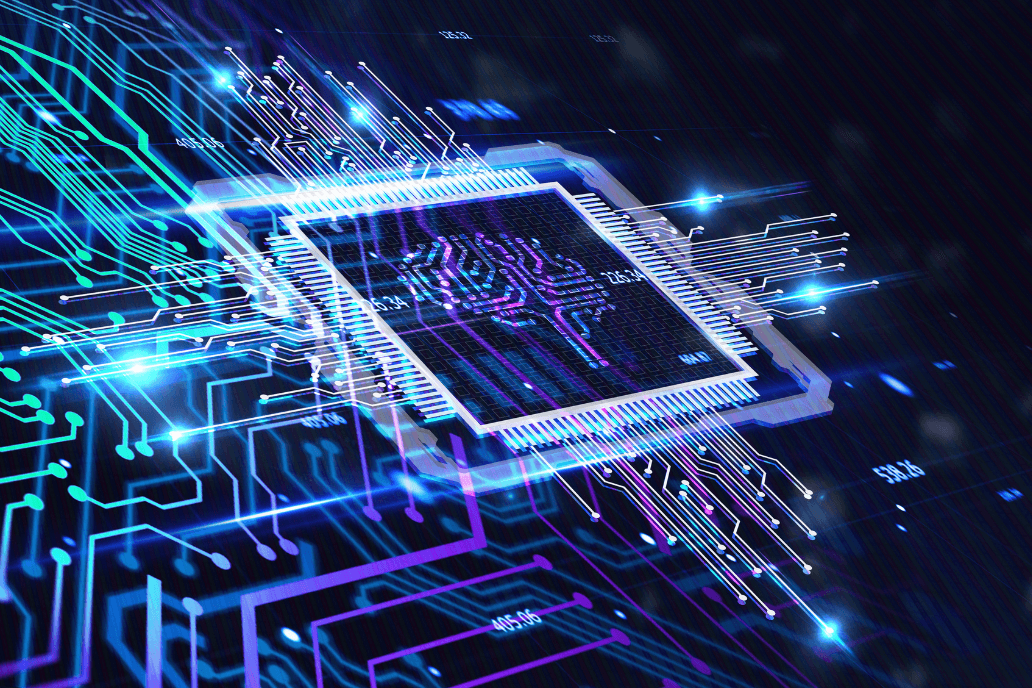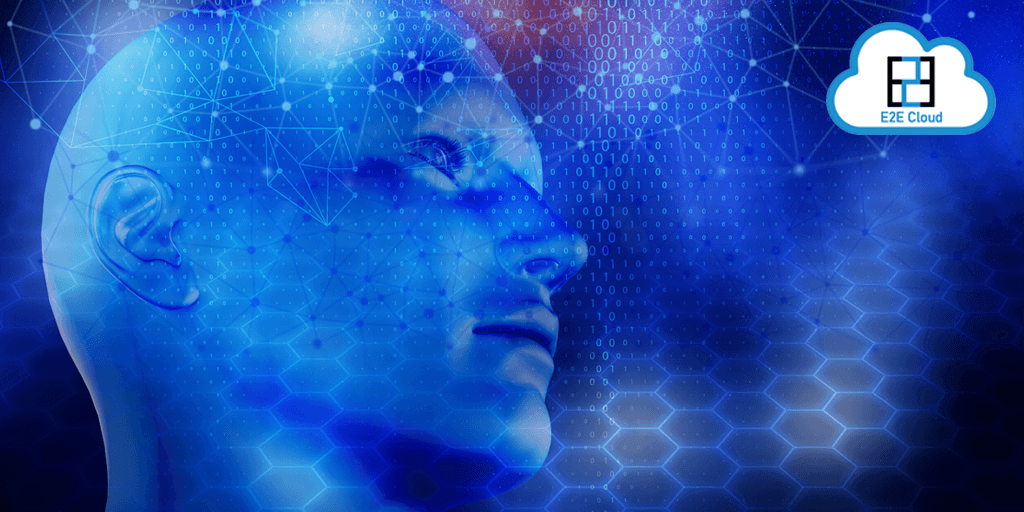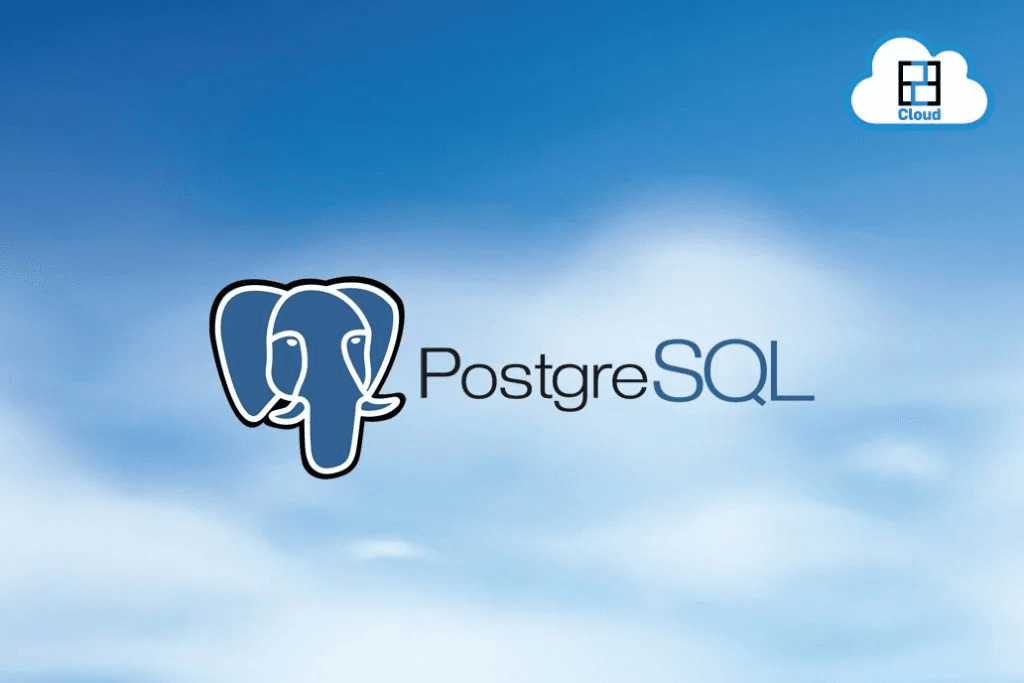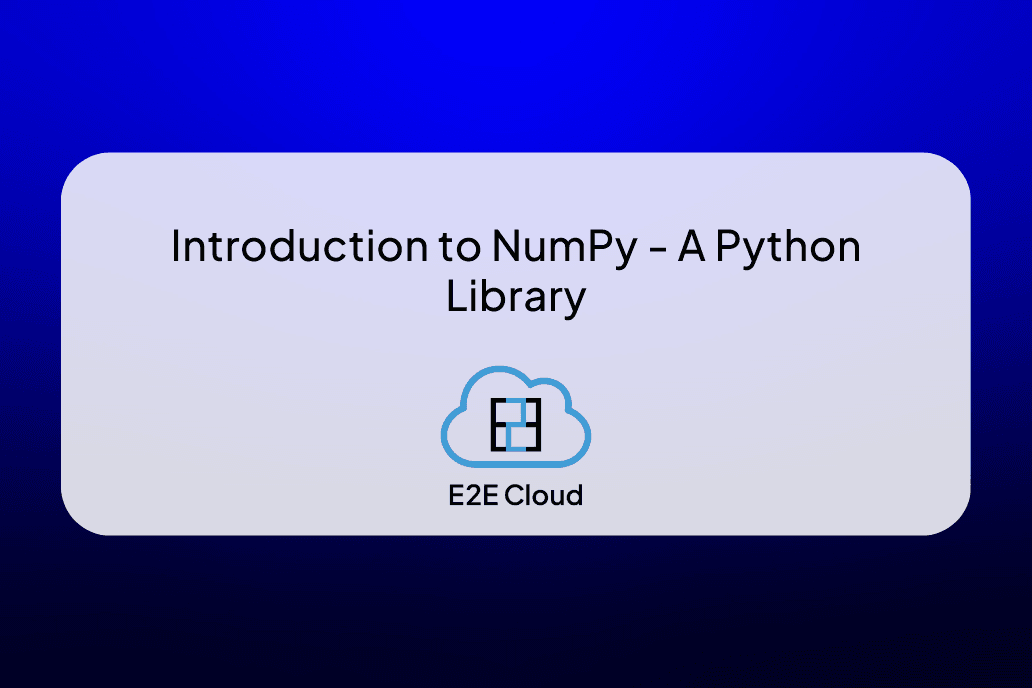Graphical Processing Unit (GPU) and Central Processing Unit (CPU) have many commonalities amongst them and, at the same time, have significant differences when it comes to their roles and characteristics. Technical advancements have offered GPU capabilities to compete with the established players like CPUs for making them ideal for a plethora of applications such as fast image processing.
This blog throws light on GPUs' abilities and CPUs for fast image processing and the benefits and reasons why GPUs have the upper hand over CPU-based solutions.
Before going into the detail, let’s understand what CPUs and GPUs are, along with the critical aspects of fast image processing.
What Are CPUs?
CPU is often referred to as the heart or brain of a computer and is responsible for running most of the software. Simultaneously, specific applications, such as image processing, can be overwhelming for a CPU to manage. A GPU is designed to take care of such applications.
What Are GPUs?
A GPU is specially designed for tasks like quick image rendering. This specialized type of microprocessors can respond to graphically intense applications that can drain the CPU and degrade its performance. Although initially designed to offload image processing related tasks from CPUs, modern technology has offered today’s GPUs the capability to perform rapid mathematical operations for many other applications besides rendering.
Vital Aspects of Fast Image Processing Algorithms
Fast image processing algorithms have specific vital characteristics such as parallelization, locality, simplicity, and how they help GPUs offer superior performance than CPUs.
- Parallelization Potential – Tasks can be processed in parallel as every pixel doesn’t depend on the information from other processed pixels.
- Locality - Each pixel's position is determined based on the positions of a limited number of neighboring pixels.
- 16/32-bit precision arithmetic – In general, a 16-bit integer data type is adequate for storage, and 32-bit floating-point arithmetic is sufficient for image processing.
Following are specific aspects essential for fast image processing.
- Superior Image Processing Quality – Quality is critical in fast image processing. You can use various algorithms to accomplish the same image processing operation to get varying output quality and resource intensity. Resource-intensive algorithms using multilevel optimization can give you the necessary performance benefits and provide the output within a reasonable time compared to the fast but crude algorithms.
- Maximum Performance – For maximizing “fast image processing” performance, you can either optimize software code or increase hardware resources such as the number of processors. When it comes to the price-to-performance ratio, a GPU outpaces a CPU, and you can reap its full potential using multilevel algorithm optimization and parallelization.
- Reduced Latency – A GPU offers reduced latency as it takes less time to process an image due to its inherent parallel pixel processing architecture. On the other hand, a CPU provides modest latency as the parallelism is implemented at image lines, tiles, and frame level.
How GPU differs from CPU?
A range of differences makes GPUs superior to CPUs when it comes to fast image processing.
Cores
While a CPU contains minute powerful cores, a GPU has hundreds of thousands of weak and smaller cores.
Number of Threads
A CPU architecture allows each physical CPU core to execute two threads on two virtual cores such that an individual thread executes the instructions independently. On the other hand, a GPU uses single instruction, multiple threads (SIMT) architecture, where 32 (generally) threads work on the same instruction as against a single thread in a CPU.
Type of Processing
Due to its architecture, a CPU is ideal for serial instruction processing, while a GPU is designed for parallel instruction processing.
Thread Implementation
Using actual genuine thread rotation, a GPU launches instructions every time from different threads. With a parallel algorithm and high load, it proves to be more efficient as a hardware implementation and is ideal for implementing several image processing algorithms. Unlike a GPU, a CPU uses out-of-order execution.
Why is GPU Superior to CPU?
Speed
Due to its parallel processing capability, a GPU is much faster than a CPU. For the hardware with the same production year, GPU peak performance can be ten-fold with significantly higher memory system bandwidth than a CPU. Further, GPUs provide superior processing power and memory bandwidth. They are up to 100 times faster than CPUs with non-optimized software without AVX2 instructions while performing tasks requiring large caches of data and multiple parallel computations.
Managing Load
Unlike a CPU, a GPU can reduce memory subsystem load by dynamically changing the number of available registers (from 64 to 256 per thread).
Simultaneous Execution of Several Tasks
Several hardware modules of GPU enable concurrent execution of entirely different tasks. For example, Asynchronous copy from and to GPU, image processing on Jetson, tensor kernels for neural networks, video decoding, and encoding, computations on GPU, DirectX, OpenGL, and Vulkan for rendering.
Shared Memory
All modern GPUs come with shared memory, which is several times faster than the bandwidth of a CPU’s L1 cache. It’s designed explicitly for algorithms with a high degree of locality.
Embedded Applications
GPUs offer significantly greater flexibility and a practical alternative for specialized embedded applications, including FPGAs (Field-Programmable Gate Arrays) and ASICs (Application-Specific Integrated Circuits).
Some Myths Related to GPUs
Overclocking can damage your card.
Overclocking may cause a reset of settings (mostly CPU), inconsistent behavior, or crash without any actual damage to the video card. Though heat and voltage can impact the card, modern GPUs are smart enough to either shut down or throttle to prevent damage.
Merely 96 kB of shared memory capacity for each multiprocessor.
If managed efficiently, 96 kB memory size is adequate for each multiprocessor.
Back and forth data copying to CPU can downgrade the performance.
It’s a myth. As the best solution, you can perform all processing on the GPU within a single task. You can copy the source data either once or asynchronously to the GPU and return the computation results to the CPU at the end.
Summary
To sum it up,
- GPUs serve as an excellent solution for fast and complex image processing tasks and outperform CPUs significantly.
- GPU’s parallel processing architecture results in processing time reduction for a single image.
- High GPU performance software can offer high energy efficiency, lower hardware cost, and lower cost of ownership.
- Further, GPU provides low power consumption, high performance, and flexibility for embedded and mobile applications and compete with highly specialized ASIC/FPGA solutions.
For more blogs on data science and cloud computing, checkout E2E Networks website. Also if you are interested in taking a GPU server trial feel free to reach out to: sales@e2enetworks.com


